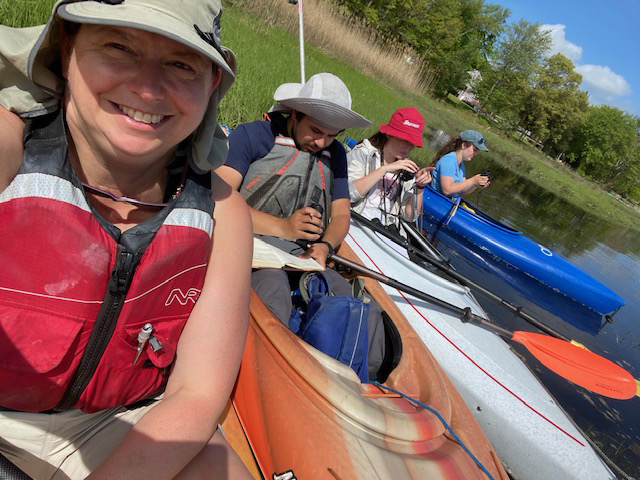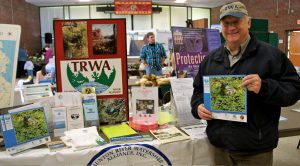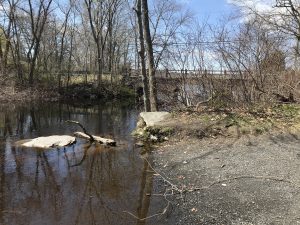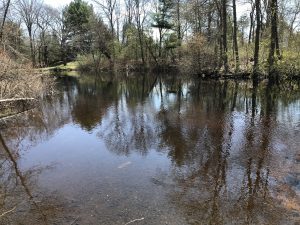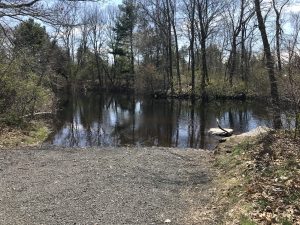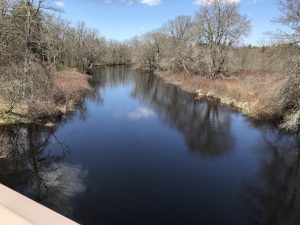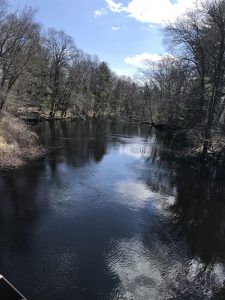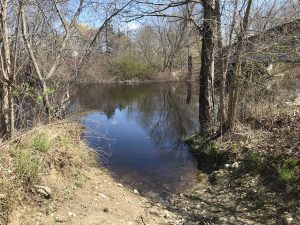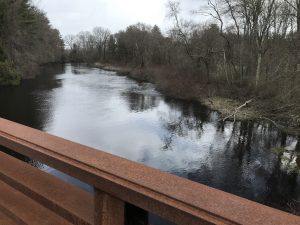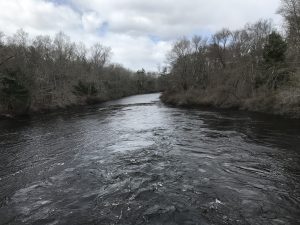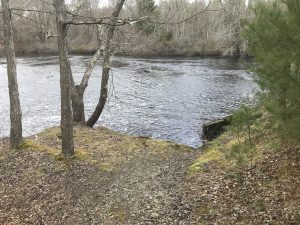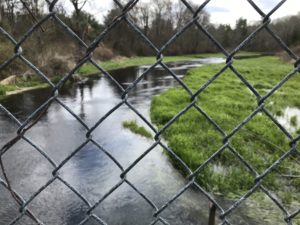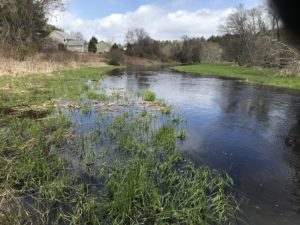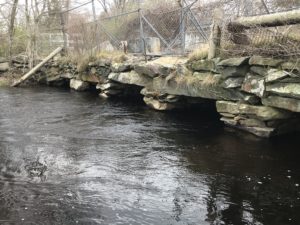Jen O’Keefe is a TRWA backbone volunteer.
Like so many others she joined because of one activity and then went on to others. In each, she is passing on her environmental passion and skills to children and young people who must have them to protect our future.
She says, “I joined the TRWA because I went on four or five kayak trips run by Canoe Passage Outfitters and after the 4th or 5th realized, “Hey these people like the same things I do. They have the same values I have and do work I like to see done, let’s join.
I am a 2nd generation water tester. My father tested water for the Westport River Watershed Association on the East Branch of the Westport River for 7 years. So, after paddling with the TRWA sponsored trips, meeting folks, and then, upon learning they too water tested, I joined and became a water quality monitor.”
As a water tester like her father, she has enlisted the help of her children with hopes that they will carry on this family tradition.
Jen also founded and publishes the TRWA tide calendar and conducted its photography contest for its first ten years. For 2021 she has encouraged a new set of volunteers to keep the calendar going as she tries to step back a little. One of the contest’s goals has been to encourage young people to enter the contest.
Jen is also involved in the terrapin study. She is a natural teacher. This year TRWA marked six terrapin nests. As the eggs hatched Jen taught children who spotted hatchlings to pick them up carefully and take them to be weighed and measured. After the weigh in they excitedly, gently, and carefully, carried them back to their native habitat and watched as they disappeared.
Jen is also one of the caretakers of TRWA’s own office terrapin. This terrapin can no longer live in the wild and may someday become TRWA’s traveling ambassador, visiting classrooms and other locations. Although this was Impossible in 2020, we have hopes that it will happen sometime in 2021.
If, like Jen, you share values with TRWA and have fun things you want to do and/or work you would like to see done, please join us or become a volunteer yourself. We’d be happy to have you on board.
~Sally Spooner

